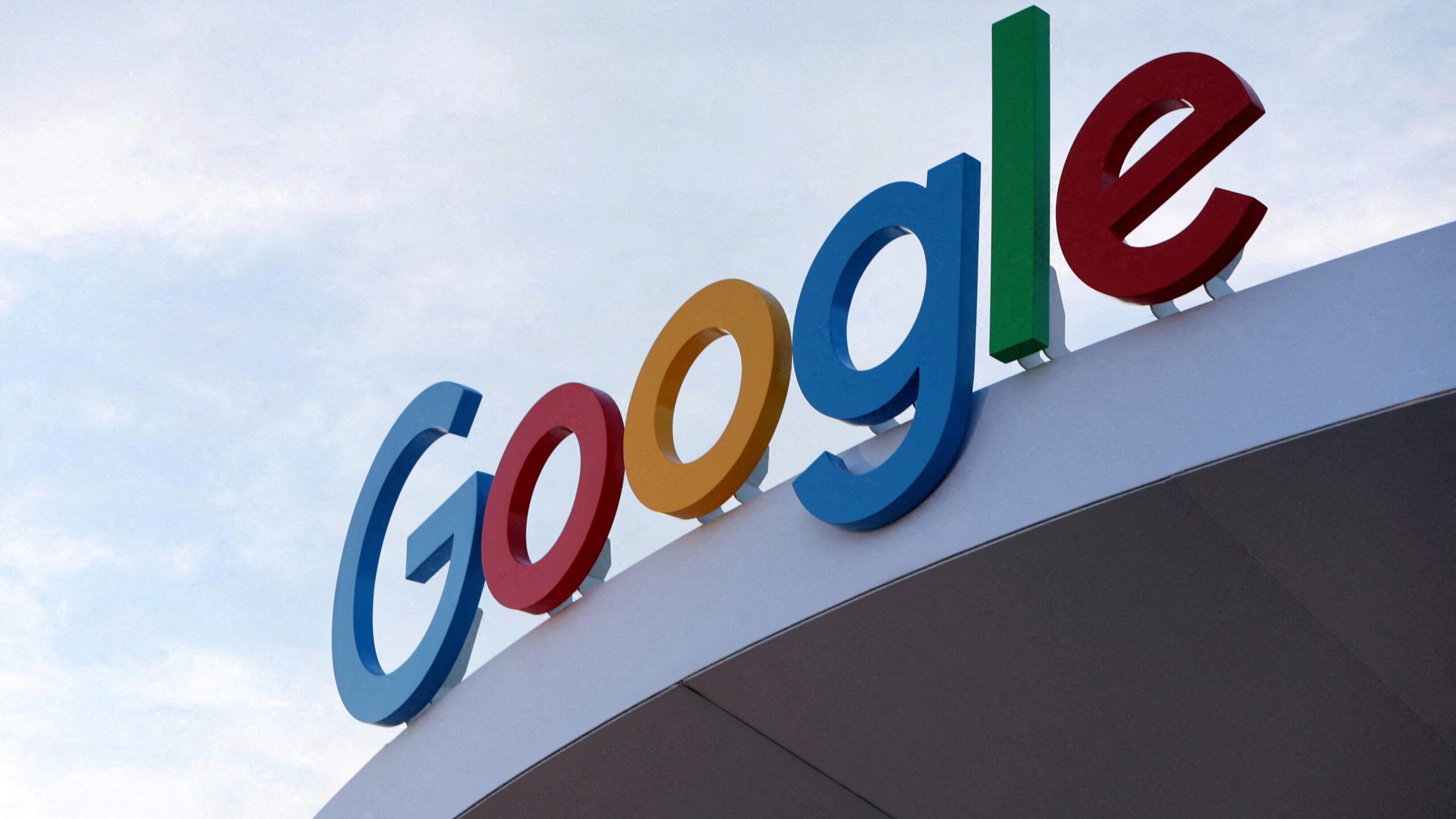Since its launch in 2014, Amazon’s Fire TV Stick has transformed home entertainment, making smart TV functionality more accessible and driving users toward legitimate streaming platforms. However, despite Amazon’s vision of profiting from premium content sales, the device has also become a favorite tool for digital pirates.
By 2023, Fire TV Sticks were increasingly associated with illegal streaming, drawing criticism from rightsholders and raising concerns about Amazon’s role in the piracy ecosystem. Now, the device finds itself at the center of an ongoing battle between tech companies, broadcasters, and regulators.
The Piracy Crisis in Football Broadcasting
Professional football, particularly in Europe, is struggling to combat the growing threat of online piracy. Speaking at the Financial Times’ Business of Football Summit, DAZN’s Tom Burrows highlighted the crisis facing the industry, fueled by skyrocketing broadcasting rights costs and the widespread availability of unauthorized streams.
Major leagues in Spain, Italy, France, and Germany have been hit particularly hard, with rightsholders pointing to a lack of enforcement and fan frustration over high subscription fees as the key drivers behind illegal streaming.
Why Fans Turn to Piracy: The 3PM Blackout Problem
One major factor fueling illegal streams is the UK’s controversial 3pm blackout rule, which prevents live broadcasts of Saturday afternoon matches. While fans in countries like Canada can access these games legally at lower costs, UK viewers face severe restrictions, pushing many toward piracy as a workaround.
The issue is not just about affordability—it’s about availability. With official broadcasters failing to meet demand, pirates have stepped in to fill the gap, often at no cost to users.
Fire TV Stick: From Streaming Success to Piracy Tool
While Amazon designed the Fire TV Stick to support legal streaming services, it quickly became a go-to device for piracy. Its low cost, portability, and ease of sideloading third-party apps made it the perfect tool for accessing unauthorized sports broadcasts, TV shows, and movies.
Unlike locked-down platforms such as Apple TV, Fire TV Sticks allow users to install unverified apps, including those that aggregate pirated content. This flexibility, while legal in itself, has led to widespread misuse—and growing concerns among content providers.
The Branding Headache for Amazon
As Fire TV Sticks became a common tool for piracy, Amazon found itself under increasing pressure. In the UK, broadcasters like Sky and the Premier League singled out the device as a leading enabler of illegal streaming.
Sky Group’s COO, Nick Herm, even claimed that half of all UK piracy involved Fire TV Sticks, reinforcing the perception that Amazon was indirectly contributing to the problem. Many consumers assumed that since the device itself was legitimate, using it for piracy wasn’t a serious offense—a branding dilemma Amazon struggled to address.
Amazon’s Inaction: A Missed Opportunity?
Despite growing concerns, Amazon did little to curb piracy-related misuse. The company could have taken steps to limit sideloading or introduce stricter app policies, but it largely chose to stay out of the debate.
This stance frustrated rightsholders, who argued that Amazon had a responsibility to prevent its device from becoming a piracy gateway. Instead, the Fire TV Stick remained a double-edged sword—a legitimate streaming tool for some, and a piracy hub for others.
The BeStreamWise Campaign: A Flawed Anti-Piracy Effort?
In September 2023, broadcasters and football leagues—including Sky, the Premier League, and the BBC—launched the BeStreamWise campaign to tackle digital piracy. The campaign focused on warning users about the risks of malware when accessing illegal streams.
However, the campaign failed to directly address core piracy drivers like content availability and pricing. Many saw it as a band-aid solution, lacking clear action to make legal options more attractive to consumers.
Did the Campaign Work?
So far, the effectiveness of BeStreamWise remains unclear. While there was a spike in searches for terms like “Fire Stick piracy”, interest in malware risks did not increase, suggesting the campaign failed to convince users of the dangers it promoted.
More importantly, piracy remains a symptom of a larger issue—fans frustrated with limited access and high prices. Until broadcasters and rightsholders tackle the root causes of illegal streaming, campaigns like BeStreamWise are unlikely to create lasting change.
The Future of Amazon’s Fire TV Stick in the Piracy Debate
Amazon’s Fire TV Stick remains one of the most popular streaming devices in the world, but its association with piracy poses an ongoing challenge. If Amazon continues to take a hands-off approach, pressure from governments, content owners, and broadcasters could force the company to implement stricter anti-piracy measures.
For now, the Fire TV Stick’s reputation remains in flux—a symbol of both innovation and controversy in the streaming industry.


